Exist barcode types with many shapes, series and applications. Some of them are shown in the first part about the subject.
Why barcode are still used?
I have already wrote about QR code and it’s advantages.
Why barcode are still used? In some situations there is no need to store a big quantity of data. Barcode have higher range, are cheap and have numbers which can be read by anyone without a smartphone or tablet.
Barcode types
EAN-13
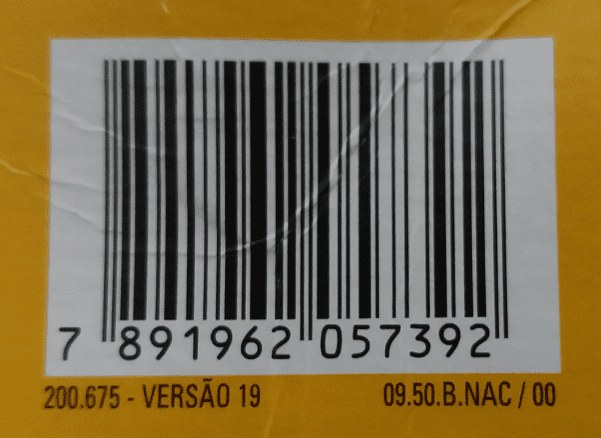
The acronym came from European Article Number, this code is the most common in retail in Africa, South America and Europe. Has 13 digits with numbers from 0 to 9. It is used to identify products in stores, bakeries and supermarkets.
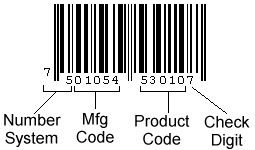
As show the figure above, the two or three digits indicate country of origin. The five following numbers indicate the manufacturer, following 4 are product code. Last number is check and control digit.
EAN-8

It is an abbreviation of EAN-13. Two or three first digits indicate the country, last one is check number and the rest are product code. Products with small packages adopt EAN-8.
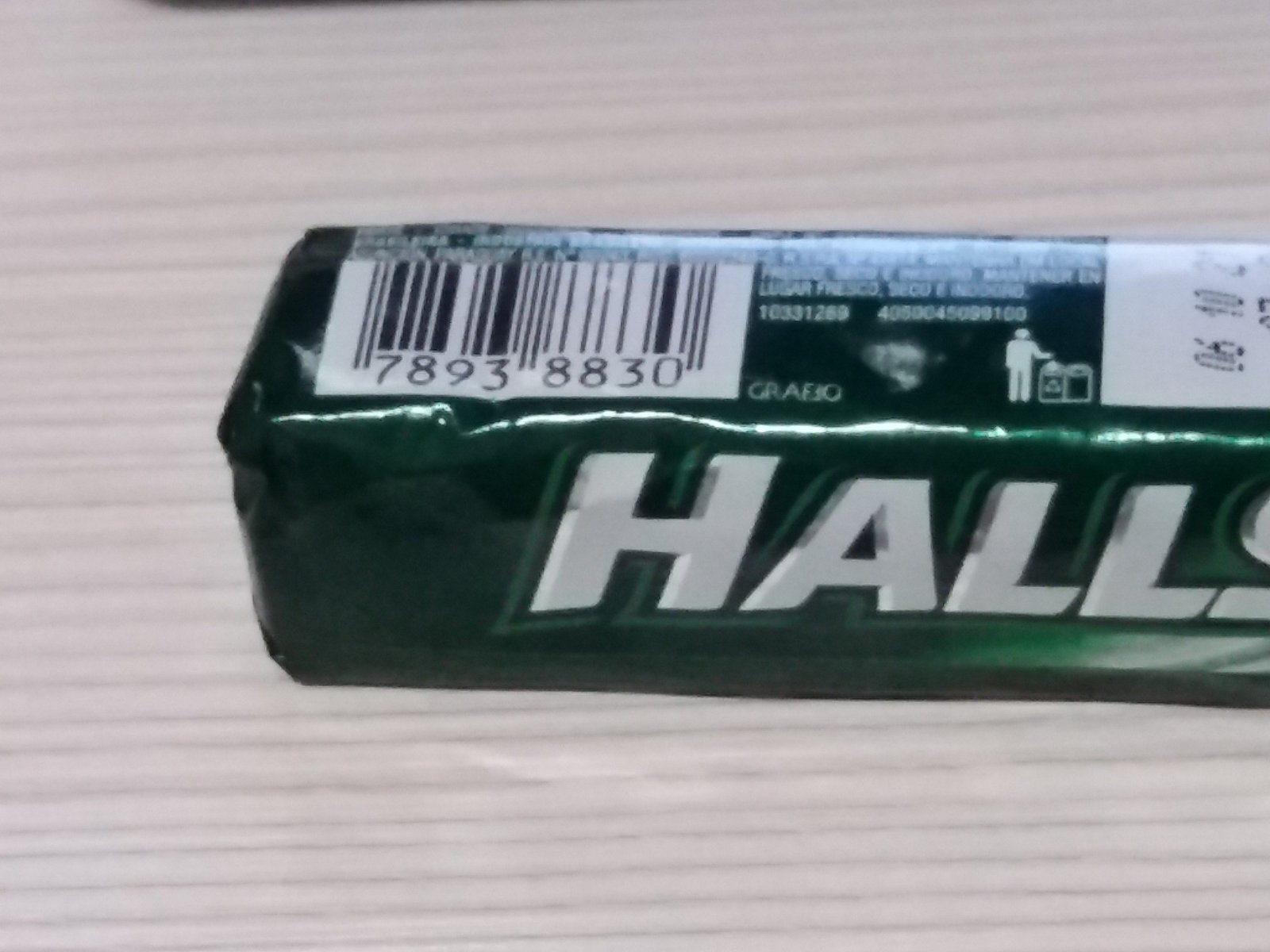
Universal Product Code (UPC)

Has the same function of EAN-13, but it is applied only in USA and Canada, therefore don’t indicates country of origin. Have 12 digits from 0 to 9.
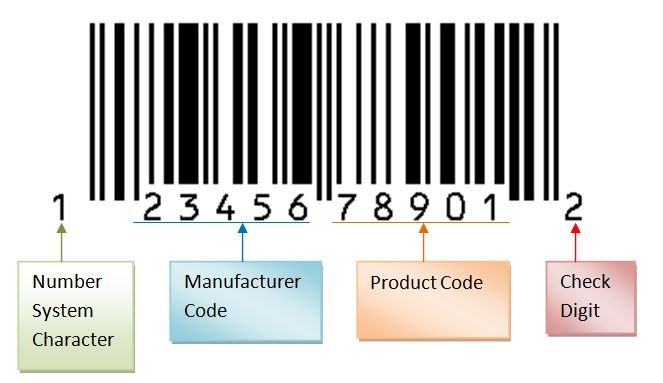
The number system character indicates product’s category.
- Number 0, 6, 7 and 8 are standard UPC number.
- 2 for goods sold in price/weight, like meat, fruits, vegetables.
- 3 for medicines.
- 4 for products with in-store marketing in retail, which aren’t food.
- 5 serves for cupons.
- 1 and 9 are reserved.
DUN-14/ ITF-14

This is the barcode for products’ boxes and packaging. This 14 digit series helps in identification and tracking of product in logistic stages. The first number indicates packaging level, goes from 0 to 9. The last one of series is control digit generated by an algorithm. Other digits have same information of EAN-13/UPC (origin, manufacturer, product). It’s important to note that control number in DUN-14 isn’t necessarily the same of EAN-13/UPC.
Code 11

Developed by Intermec in 1977, code 11 is used in telecommunication equipment. Adopted characters are numbers from 0 to 9 and ‘-‘. Can use 1 or 2 check digit, denominated “C” and “K”. If coded message has less than 10 characters, only “C” is used. Otherwise, both “C” and “K” are implemented. Check digits serve to keep data integrity. This code structure is in following order:
- Start character.
- Number series indicating product data.
- Check digit “C”.
- Check digit “K” (optional).
- Stop character.

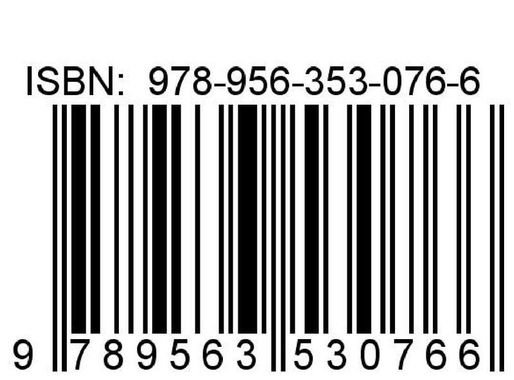


[…] http://www.electricalelibrary.com size: 663px x383px […]
Thank you very much, it helped me a lot how much new thing i learn here another excellent subject knowledge is always welcome.
Your website is amazing congratulations, visit mine too:
https://strelato.com
.